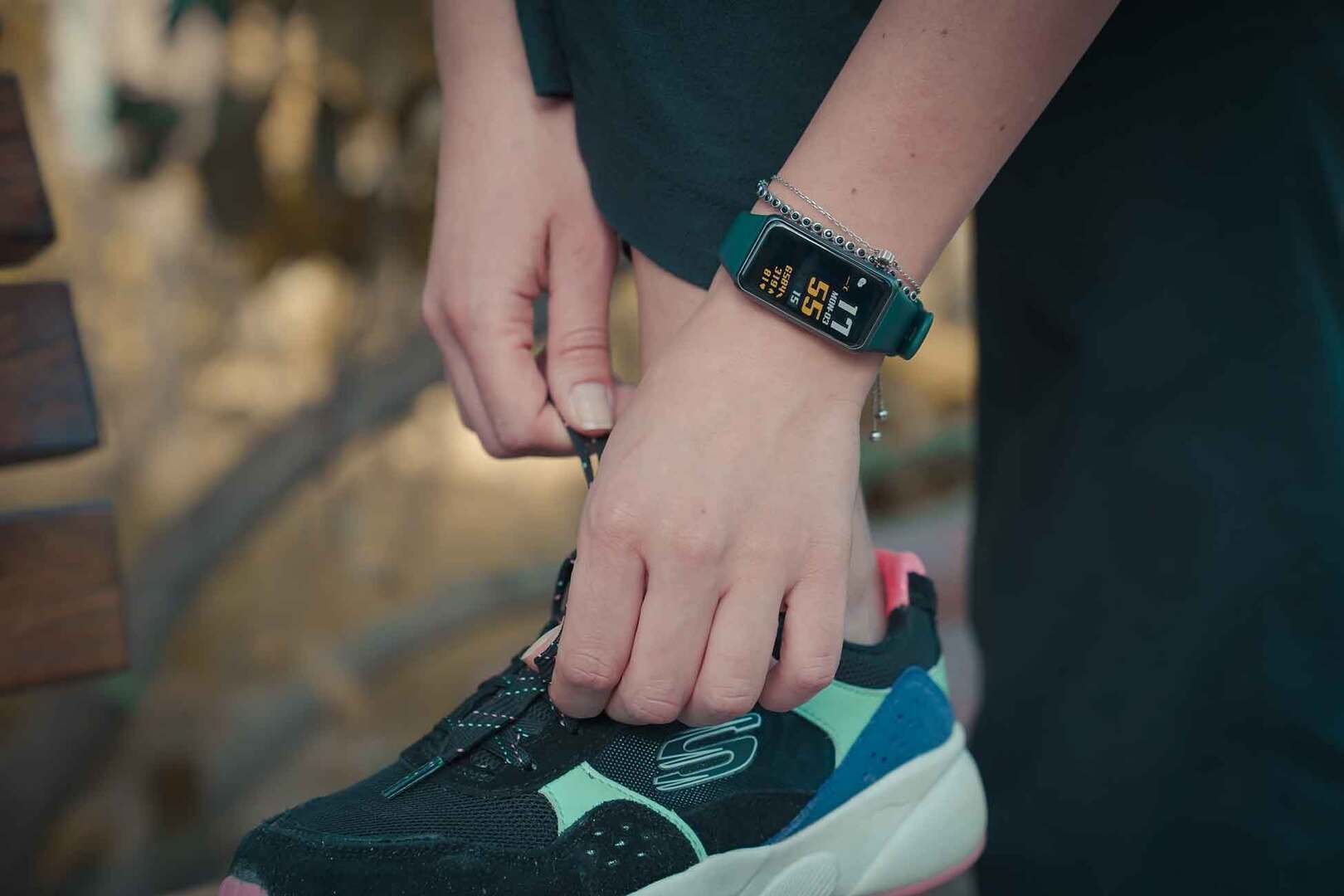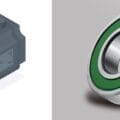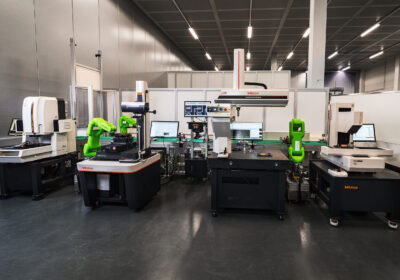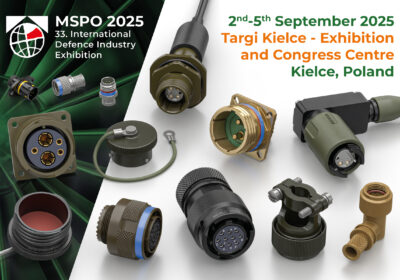Paul Runyan, VP Sales & Marketing, Accumold
The advent of wearable devices like continuous glucose monitors (CGMs), insulin pumps, and smartwatches has revolutionized personal health management, offering real-time monitoring and improved convenience for users. Central to the development and miniaturization of these sophisticated devices is the process of micro molding. This highly specialized manufacturing technique allows for the creation of ultra-small, super-thin, complex components with precise dimensions, essential for the compact and functional designs of modern wearables. By enabling the production of tiny parts with intricate details, micro molding plays a crucial role in enhancing the functionality, reliability, and comfort of these devices, making them more user-friendly and effective.
As the wearables market continues to expand rapidly, driven by the growing demand for personalized healthcare and lifestyle technology, micro molding is at the forefront of this dynamic innovation. The process not only supports the miniaturization of devices but also fosters the integration of advanced materials and multi-functional components, pushing the boundaries of what wearable technology can achieve. By allowing manufacturers to explore new design possibilities and overcome the limitations of traditional manufacturing methods, micro molding is instrumental in driving the next generation of wearable devices, ensuring they are smaller, smarter, and more efficient than ever before.
MICRO MOLDING LOW-PROFILE COMPONENTS
From the perspective of a micro molding specialist being approached by customers from across various wearables sectors and indeed industry in general, the most common question we get asked at Accumold is “how thin can you mold parts.”
The ability to micro mold extremely thin parts offers several significant advantages for wearable devices, which are increasingly defined by their need for compactness, comfort, and functionality. One of the primary benefits is the reduction in overall device size and weight. Thin micro-molded components allow for slimmer designs, making wearables like smartwatches, continuous glucose monitors (CGMs), and insulin pumps less bulky and more comfortable to wear for extended periods. This is especially important in devices meant to be worn continuously, as user comfort is directly linked to adherence and overall effectiveness of the device.
Another key advantage is the enhancement of flexibility and adaptability in device design. Extremely thin components can be integrated into flexible circuits or other bendable structures, which is essential for wearables that need to conform to the contours of the human body. This flexibility not only improves user comfort but also increases the durability of the device, as thin, flexible components are less prone to damage from bending or other physical stresses.
Micro molding thin parts also enables the incorporation of more advanced features into wearable devices. For example, it allows for the integration of complex microfluidic channels, sensors, or electronic circuits within a very limited space, which is crucial for the development of multifunctional devices. These components can perform multiple roles within the same footprint, allowing for a higher degree of functionality without increasing the size of the device.
Thin micro-molded parts contribute to the aesthetic appeal of wearables as well. Sleek, lightweight designs are not only more comfortable but also more desirable to consumers, who often favor discreet and stylish devices. By enabling the creation of thin, unobtrusive components, micro molding plays a pivotal role in meeting consumer expectations for both form and function, ultimately driving the success and adoption of wearable technology in the market.

THE MICRO MOLDING PROCESS
The demand for increasingly thinner micro-molded components places significant pressures on the micro molding process, challenging the capabilities of traditional manufacturing techniques and pushing the boundaries of precision engineering. As wearable devices and other miniaturized technologies continue to evolve, the need for ultra-thin components grows, demanding that micro molding processes achieve new levels of accuracy, material handling, and process control. Expert micro molders, such as Accumold, have developed specialized techniques and technologies to overcome these challenges and meet the rigorous demands of modern manufacturing.
Precision and Tolerance Control. One of the primary pressures on the micro molding process is the need for extremely tight tolerances. As components become thinner, even the slightest deviation in dimensions can lead to functional failures or assembly issues. Maintaining high precision in the production of ultra-thin parts requires advanced molding techniques and cutting-edge machinery. Expert micro molders like Accumold address this challenge by employing state-of-the-art (and in Accumold’s case proprietary) equipment capable of producing components with micro-scale precision. This includes specialized injection molding machines that can handle very small volumes of material with exacting control, ensuring that every part meets the required specifications without compromise.
Material Selection and Handling. Another significant pressure is the handling of materials that are suitable for ultra-thin applications. The selection of materials for micro molding must consider factors such as flow characteristics, thermal stability, and mechanical properties, which become increasingly critical as components are made thinner. Thinner components require materials that can fill the mold cavity completely and consistently (without simply increasing injection pressure), without defects such as warping, short shots, or incomplete fills. Very often the key is to design tools in a way that is sensitive to material flow issues, and to facilitate material flow without introducing too much stress.
Accumold addresses these challenges by leveraging its deep expertise in material science. The company works closely with material suppliers to select or develop polymers and composites that exhibit the necessary flow properties and structural integrity for thin-walled applications. Additionally, Accumold utilizes advanced simulation software to model how materials will behave during the molding process, allowing them to predict and mitigate potential issues before they occur.
Mold Design and Fabrication. The design and fabrication of molds for ultra-thin components present another set of challenges. As components become thinner, the molds themselves must be engineered with incredible precision, with features that are often measured in microns. This level of detail requires highly specialized mold-making techniques, including the use of high-precision CNC machining, electrical discharge machining (EDM), and other advanced fabrication methods.

In the micro molding of low-profile parts, split lines and venting strategies must be meticulously adapted to ensure the integrity and precision of the final components. Split lines, where the two halves of the mold meet, must be positioned and engineered with extreme accuracy to minimize flash which can affect the part’s performance and aesthetics. For low-profile parts, the split lines should be strategically placed in areas where any residual flash can be easily removed or will not interfere with the functionality of the part. Venting is equally critical. Effective venting strategies are necessary to allow air and gases to escape during the injection process, preventing defects such as voids or short shots. In the context of low-profile components, vents must be designed to be as small and precise as possible to avoid creating marks or weakening the part’s structure. By carefully designing split lines and optimizing venting, expert micro molders like Accumold can achieve the high level of detail and quality required for successful low-profile micro molding.
Accumold’s expertise is such that in some instance it can modifying surface textures on the mold to strategically facilitate venting in very thin areas of a component, creating micro-channels or textured surfaces that allow trapped air and gases to escape during the injection molding process. These micro-textures, often implemented as fine grooves or roughened surfaces, are designed to be small enough not to interfere with the surface finish or structural integrity of the thin component but sufficient to provide a pathway for air to evacuate from the mold cavity. This approach helps to prevent defects such as voids, burns, or incomplete fills, particularly in thin sections where traditional venting may be challenging. By optimizing the texture of the mold surface, Accumold is able to ensure that these critical thin areas are fully formed, maintaining the high precision and quality required in micro-molded parts.

Process Optimization and Quality Control. Producing ultra-thin components also places significant pressure on process optimization and quality control. The micro molding process must be carefully controlled to ensure consistent production of parts, as any variation in temperature, pressure, or material behavior can result in defects. Accumold addresses this challenge through rigorous process optimization, utilizing real-time monitoring and control systems to maintain stable production conditions.
The company also employs advanced quality control techniques, such as in-line inspection and metrology, to ensure that every part meets the necessary specifications. This includes the use of high-resolution optical and tactile measurement systems that can detect even the smallest deviations from the desired dimensions.
Innovation and Continuous Improvement. Finally, the demand for thinner components drives a continuous need for innovation in the micro molding process. Companies like Accumold are constantly pushing the boundaries of what is possible, exploring new materials, technologies, and methodologies to meet the ever-evolving needs of the market. This commitment to innovation is crucial in overcoming the pressures associated with ultra-thin micro molding, as it allows the company to stay ahead of industry trends and deliver solutions that meet the highest standards of performance and reliability.
SUMMARY
The pressures placed on the micro molding process by the demand for ever thinner components are substantial, requiring advancements in precision, material handling, mold design, and process control. Expert micro molders like Accumold rise to these challenges through a combination of cutting-edge technology, profound expertise, and a commitment to continuous improvement, ensuring they can meet the demands of modern manufacturing and continue to drive innovation in the field of micro molding and wearable devices.
www.accu-mold.com








